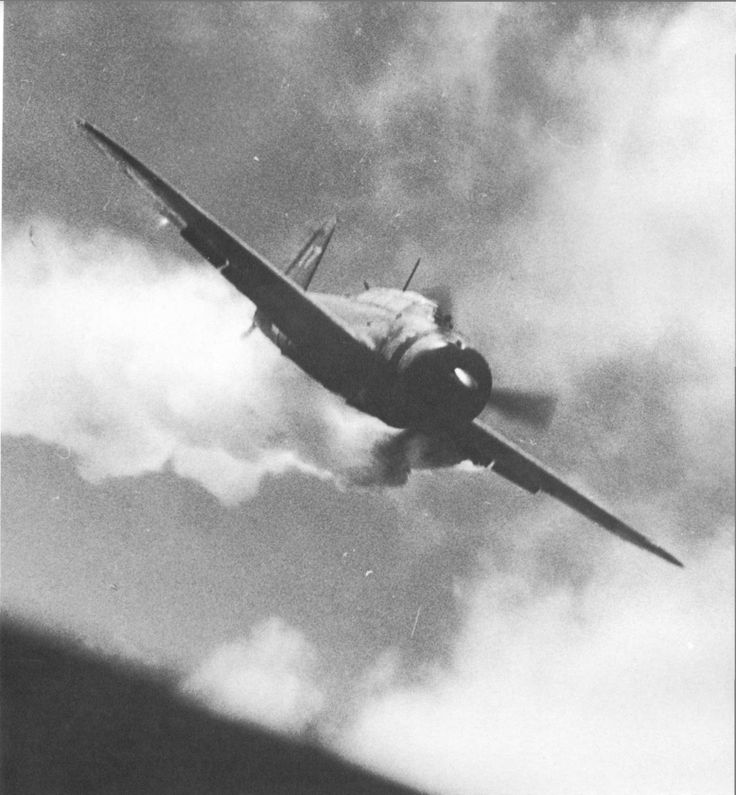

Three Japanese aircraft carriers were sunk – two by U.S. The air battle that was fought on June 19 to 20, 1944 was so lopsided that American pilots called it a ‘turkey shoot.’ The Japanese lost more than 500 planes the Americans fewer than 130. carriers, Japanese bombers and torpedo planes had to evade superior enemy fighters only to then face a storm of anti-aircraft fire. In order to even get within striking distance of U.S. Poorly trained pilots in increasingly obsolete aircraft were massacred by better trained American aviators flying newer, more advanced planes. Now that battle was upon them in the Philippine Sea.īut when it came, the encounter was a disaster for Japan.

Since the defeats at Midway and in the Solomons in 19, the Japanese had concentrated on rebuilding their navy and preparing for the battle that strategists in Tokyo believed would decide the Pacific war. The loss of Guam, Saipan and Tinian would leave the United States in possession of airfields within B-29 bomber range of the home islands, while providing new bases for American submarines. forces converged on the Mariana Islands in the summer of 1944, Japan’s admirals understood what was at stake. Navy commanders were initially surprised by the first large-scale kamikaze attacks, they were quick to respond and within weeks were identifying measures to defend against this new threat.”ĪS U.S. (Image source: WikiMedia Commons) “Although U.S.

Navy in the final year of the Pacific War. Dealing with the terrifying new threat posed by the infamous Japanese suicide pilots consumed the U.S. The carrier USS Bunker Hill engulfed with flames after being struck by two kamikaze planes, May 11, 1945.


 0 kommentar(er)
0 kommentar(er)
